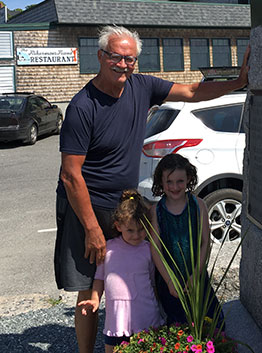One of the negative features of the ongoing polemic against identity politics is that it can easily obscure or cut down on the significance of other forms of oppression and inequality in class society as well as lower the imperative of the mutual construction of enduring social alliances with people of color, women, and other subordinated and abused people. In such alliances, the working class not only gains partners whose political understanding and experience is exceptional and longstanding, but also sets the stage to turn incremental change into transformatal politics.
What is more, such a polemic fails to disclose the interconnectedness of class oppression with other forms of oppression, and thus conceals the organic basis of unity, mutuality, and equality. This isn’t a class approach — or at least a class approach that is informed by dialectics and the richness of life.



